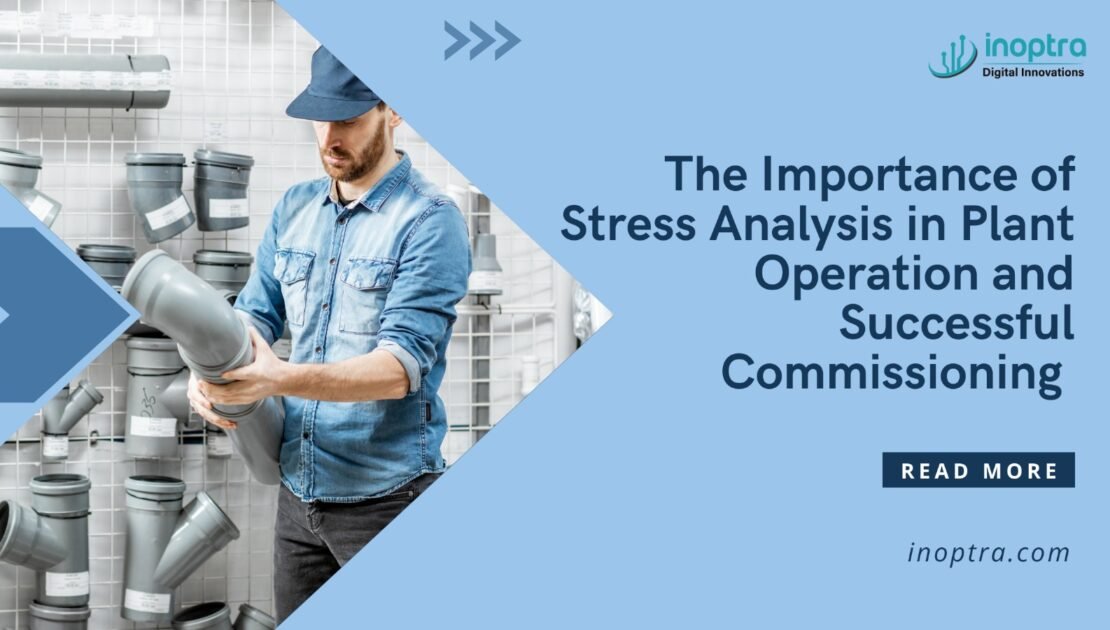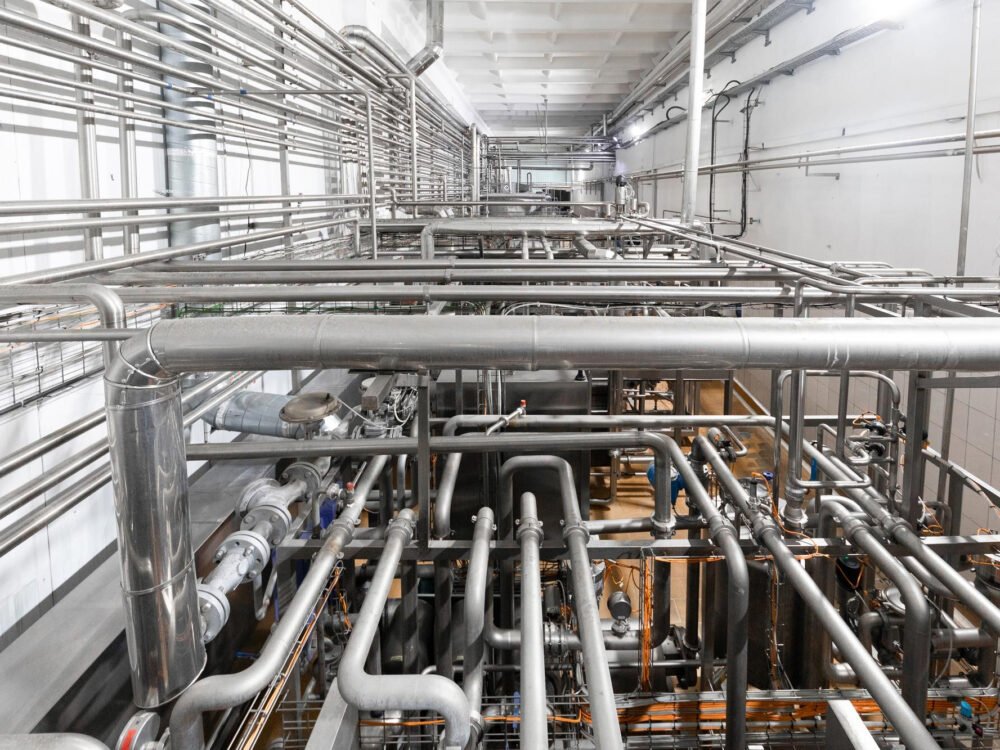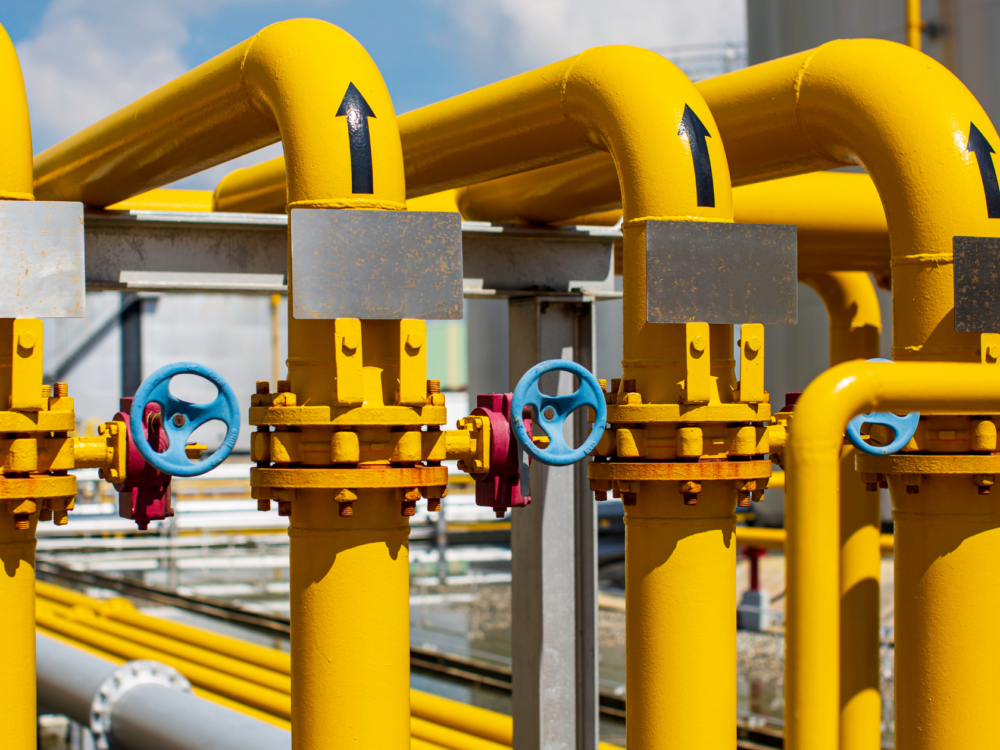
- February 25, 2025
- akil
- Piping Engineering
- No Comments
Stress Analysis and its Importance in Successful Commissioning and Operation of a Plant
Introduction
Piping Stress Analysis is an engineering process that assesses the stresses, deformations, and forces subjected to a piping system. It is critical to ensure the safe and reliable functioning of piping systems in a variety of industries, including oil and gas, petrochemicals, power generation, and others.
Pipe Stress Analysis of a vital piping system aims to maintain structural integrity:
> Structural Integrity
> Operational Integrity
> Optimal Design
Why is Stress Analysis so significant?
The key objectives of piping stress analysis is to assure structural integrity and system operability. It can be explained as follows:
- Ensure appropriate flexibility in the piping system to absorb the pipe’s thermal expansion.
- To guarantee that the stresses in the piping components are within the allowable limits as per the applicable codes and standards.
- Maintain piping-connected equipment nozzle loads within stated acceptable limits in accordance with relevant standards (e.g., NEMA SM 23, API 610, API 661, API 667, ASME Sec III, etc.) and vendor permitted.
- To select the correct type of pipe support based on piping stress calculation.

Objectives of Stress Analysis
The primary purpose and goal of piping stress analysis is to assure structural integrity and system operability. It can be explained as follows:
• Ensure appropriate flexibility in the piping system to absorb the pipe’s thermal expansion.
• To guarantee that the stresses in the piping components are within the allowed limits under the applicable codes and standards.
• Maintain piping-connected equipment nozzle loads within stated acceptable limits in accordance with relevant standards (e.g., NEMA SM 23, API 610, API 661, API 667, ASME Sec III, etc.) and vendor permitted.
• Determine the appropriate type of pipe support based on piping stress calculations.
Results of Effective Pipe Stress Analysis:
- Safety and Failure Prevention:
Piping Stress Analysis identifies possible weak areas in the system, averting catastrophic failures that can cause injuries, environmental damage, and major financial losses.
Understanding the stresses and strains on the piping system allows engineers to build supports and hangers that maintain the system’s structural integrity.
Piping Stress Analysis Software assists engineers in selecting the optimum materials and pipe sizes based on projected loads, guaranteeing maximum cost-effectiveness without compromising safety and reliability.
By knowing how the system behaves under different conditions, engineers can build cost-effective support solutions.
2. Optimal Design and Costs:
Piping Stress Analysis Software assists engineers in selecting the optimum materials and pipe sizes based on projected loads, guaranteeing maximum cost-effectiveness without compromising safety and reliability.
By knowing how the system behaves under different conditions, engineers can build cost-effective support solutions.
3. Ensure adherence to codes and standards:
Piping Stress Analysis is critical for assuring compliance with industry codes and standards like ASME B31.3 and EN 13480, which set minimum requirements for piping system design and operation.
Noncompliance with these requirements may result in legal and regulatory concerns, including fines and penalties.
4. Predictive maintenance and troubleshooting:
Identifying Potential Problems Piping Stress Analysis can assist identify possible issues before they arise, allowing for proactive maintenance and troubleshooting.
Downtime can be reduced by identifying issues early on, allowing engineers to avoid costly repairs.

5. Enhancing operational efficiency:
Understanding the stresses and strains in a piping system can help engineers optimize its performance, lowering energy consumption and increasing overall efficiency.
A well-designed and studied piping system is more likely to run smoothly, reducing disruptions and downtime.
What happens if stress analysis is ignored?
In brief, neglecting pipe stress analysis can compromise the safety, efficiency, and longevity of the plant’s successful operations over the year. It’s crucial to ensure that all piping systems are properly stress analysed and supported adequately to avoid these issues
- Stress analysis is necessary to prevent pipe failures caused by thermal expansion, pressure, or external loads. This can result in cracks, leaks, or even catastrophic failures.
- Poorly supported pipes can cause damage to equipment, including pumps and pressure vessels. This can result in misalignment, bearing and seal problems, and noisy operation.
- High stress in pipes can generate vibrations and noise, creating operational inefficiencies and safety risks.
- Pipe failures can cause hazardous releases of chemicals or gasses, posing severe safety risks to humans and the environment.
- Increased Maintenance expenses: Frequent leaks and failures necessitate ongoing maintenance and repairs, resulting in higher operational expenses and downtime.
- Failure to do stress analysis may result in non-compliance with industry standards and laws, potentially resulting in legal and financial fines.

A few words before wrapping up:
Piping stress analysis is a fundamental engineering process that ensures the integrity of piping systems. Engineers may design and install systems that can handle the loads placed on them by understanding the stresses and strains experienced by pipes, fittings, and components. This prevents breakdowns, leaks, and other costly repercussions.
Through stress analysis, engineers can:
- Identify and mitigate potential hazards:Prevent catastrophic failures, leaks, and safety risks.
- Optimize design and costs:Streamline design and reduce costs by selecting suitable materials and support systems.
- Uphold industry regulations:Adhere to relevant codes and standards to prevent legal and regulatory complications.
- Improve operational efficiency:Reduce downtime, energy consumption, and maintenance costs.
The expertise of Stress engineers is essential in safeguarding piping systems and ensuring their long-term viability. Through a thorough grasp of the principles and techniques of Piping Stress Analysis, engineers can make well-informed decisions that contribute to the safe and dependable functioning of critical infrastructure.
Why Choose InOpTra for Stress Analysis?
At InOpTra, we understand the critical importance of piping stress analysis in the design and operation of piping systems to ensure their safety, reliability, and compliance with industry standards. It involves evaluating the stresses, displacements, and loads on a piping system due to various factors such as internal pressure, thermal expansion, weight, and external forces. Our comprehensive engineering services includes:
- Process and Plant Layout Data Consolidation
- Creating 3D Model in CAESAR-II
- Perform Detailed Static Analysis
- Evaluate the calculated stresses with allowable limits as per applicable codes.
- Evaluate the Nozzle loads with allowable load limits as per applicable codes,
- Optimization to ensure the system is cost-effective and meets design requirements
- Preparing reports detailing the analysis, results, and recommendations
Our exceptional team comprises highly qualified professionals with diverse technical expertise. These skilled engineers bring together the perfect blend of experience, innovation, and in-depth knowledge of Plant Engineering Design principles, ASME/API codes and standards, and advanced design solutions. With a commitment to excellence and a proven track record of delivering superior results, InOpTra ensures your engineering projects are executed with precision and efficiency.
We pride ourselves on our ability to tackle complex engineering challenges while maintaining the highest standards of quality and reliability. Whether you need comprehensive design solutions or specialized analysis services, our team is equipped to deliver results that exceed expectations.
Want to know how our experts will help you? Reach out to us now!

